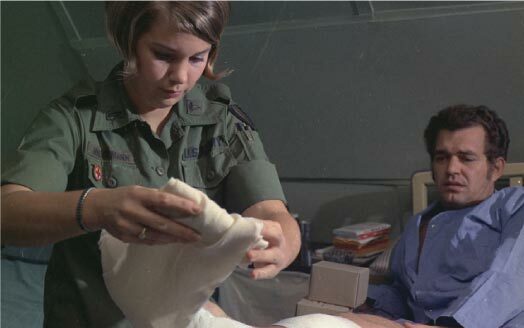Decorating for the holidays can be a fun way to celebrate the season and get in the holiday spirit. Brilliant multicolored lights, decorated trees, and beautiful candles on fireplace mantles and in menorahs warmly glowing in our homes amid parties and gatherings of family and friends can put anyone in a festive mood. So, amidst all the festivities – why should you be mindful of fire prevention?
While we surround ourselves with beauty and warmth over the holidays, putting up decorations also means heavily used electrical outlets, flammable trees in living rooms, flames sputtering from candles and all the distractions that come with the season.
Enjoy the holidays, but as we age, we may want to take some extra steps to ensure that our décor pieces don’t wreak havoc on our holiday.
Tips to Avoid Holiday Decorating Disasters in Your Home
Christmas Trees
Between 2015-2019, U.S. fire departments responded to an average of 160 Christmas tree-related home fires per year. Here are some tree safety tips for fire prevention:
- Choose a tree with fresh green needles that do not fall off when touched.
- Cut 2” from the base of the trunk to open up a fresh area that will absorb more water.
- Make sure the tree is at least three feet away from any heat sources in the home, like fireplaces, radiators, candles, heat vents, or lights.
- Don’t block an exit with a tree.
- Maintain water in the tree stand to keep the tree from drying out and therefore becoming more flammable.
- Light the tree with lights approved by a qualified testing laboratory.
- Consider using LED lights which produce less heat.
- Replace strings of lights with worn or broken cords or loose bulb connections.
- Never use lit candles to decorate a tree.
- If you have an artificial tree, make sure it is labeled, certified, or identified by the manufacturer as fire retardant.
- Always turn off Christmas tree lights before leaving home or going to bed.
- Dispose of a live tree promptly after the holidays.
- Don’t burn Christmas tree branches in a home fireplace. They can burn quickly and explosively, and could result in a flue fire or produce large amounts of smoke.
Decorations
There are also safety considerations for decorations both on the Christmas tree and around the home:
- Choose decorations that are flame resistant or flame retardant.
- Connect no more than three strands of mini-light sets and a maximum of 50 bulbs for screw-in bulbs.
- Use lights approved by an independent testing agency.
- Bear in mind some lights are for indoor use only.
- Use clips, not nails, to hang lights to prevent cords from becoming damaged. Driving nails, staples or tacks through wiring insulation can create a fire hazard.
- Bring outdoor lights inside after the holidays to prevent hazards and make them last longer.
For a primer on outdoor decorations, watch National Lampoon’s Christmas Vacation and do not do anything that Clark W. Griswold does when decorating his home. In other words, do not install a massive number of lights during darkness with no safety precautions, particularly when it comes to ladder use, and overloading circuits with multiple plug-ins.
Overloaded or loose outlets and old or faulty power cords are hazardous. Also, when you use an extension cord for long stretches of time, you increase the odds of a short circuit, which can lead to a fire. To ensure fire prevention, only use an extension cord for short periods and unplug it when not in use. Don’t cover it up with a rug, but keep it out of the way to avoid becoming a tripping hazard.
Candles
Candles are beautiful, but they are also a significant source of holiday fires. December is the peak month for home fires caused by candles. Consider the following:
- If you use real candles, monitor the room continually.
- Most candles should only be burned a few hours per day.
- Keep candles at least 12 inches away from anything that can burn or be blown into the flame.
- Use sturdy candle holders that do not easily tip over.
- Trim wicks to ¼” before lighting to avoid uneven burning and dripping.
- Extinguish candles with a candle snuffer rather than blowing them out.
- Put candleholders on a sturdy, uncluttered surface.
- Never light a candle if oxygen is being used in the home.
- Lit candles should not be placed in windows where a blind or curtain could catch fire.
- Consider flameless candles that use LED lights.
To read more content on Senior Home Safety, visit Bethesda’s blog.
Want to find out more?
If you’d like to stay up to date with Bethesda Health Group, sign up here to receive our blog and newsletters!
"*" indicates required fields
Related Articles
Want to find out more?
If you’d like to stay up to date with Bethesda Health Group, sign up here to receive our blog and newsletters!
"*" indicates required fields



